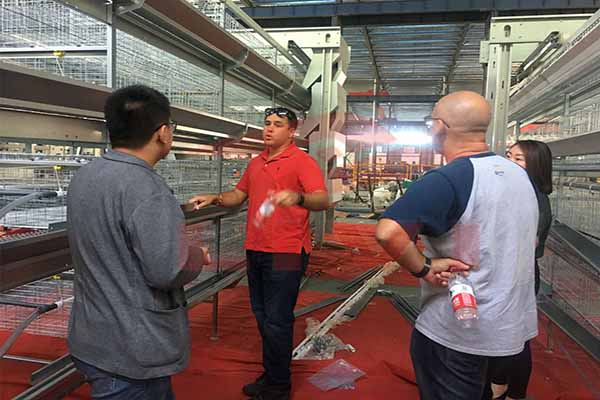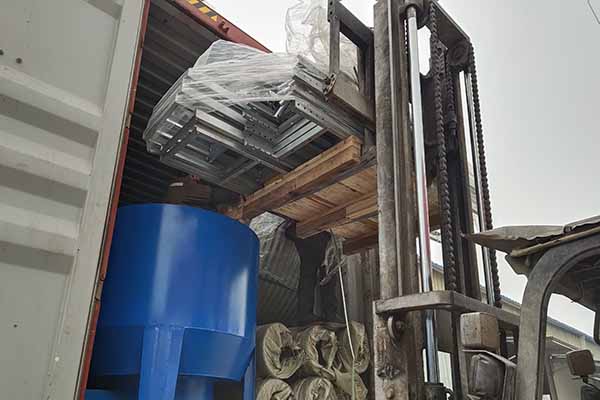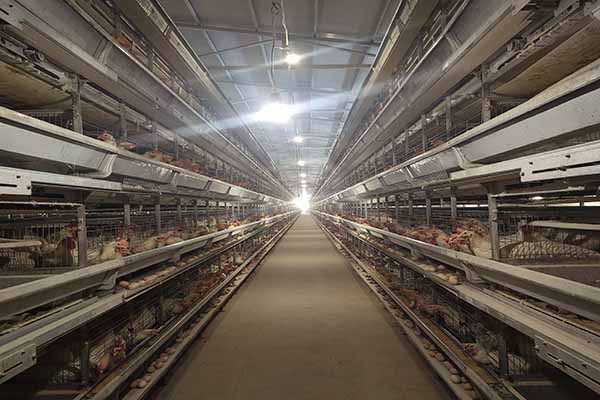Optimizing Battery Cage Size for Poultry Farm Efficiency
As a poultry farmer or investor, understanding the importance of battery cage size is crucial for maximizing efficiency and animal welfare in your farm. This article delves into the factors that influence cage size and how it impacts the overall performance of your poultry operation.

Understanding the Impact of Battery Cage Size
Battery cages are a common housing system for laying hens. The size of these cages directly affects the productivity, health, and comfort of the birds. According to a study published in the Poultry Science journal, an optimal cage size can increase egg production by up to 5%.
- Space Allocation: The ideal cage size should provide enough space for the hen to stand, turn around, and spread its wings without restriction.
- Health and Comfort: A larger cage can reduce stress and aggression among birds, leading to better overall health and fewer injuries.
- Egg Quality: Adequate space can also improve egg quality, as birds are less likely to peck at each other when they have room to move.
Recommended Battery Cage Sizes
Here are some general recommendations for battery cage sizes based on hen weight and age:
| Hen Weight (kg) | Age (months) | Recommended Cage Size (cm³) |
|---|---|---|
| 1.5 – 2.0 | 18 – 24 | 450 – 500 |
| 2.0 – 2.5 | 24 – 36 | 500 – 600 |
| 2.5 – 3.0 | 36  – 48 – 48 |
600 – 700 |
Considerations for Cage Design
When designing battery cages, consider the following factors:
- Material: Use high-quality, durable materials that are easy to clean and sanitize.
- Ventilation: Ensure proper ventilation to maintain a healthy environment for the birds.
- Accessories: Include perches, feeders, and waterers that are a
 ppropriately sized for the hens.
ppropriately sized for the hens.
By optimizing battery cage size and design, you can create a more efficient and profitable poultry operation.
For a free, customized chicken farming design and equipment quote, please leave a comment below or contact us directly at livi-mechanical.com.




